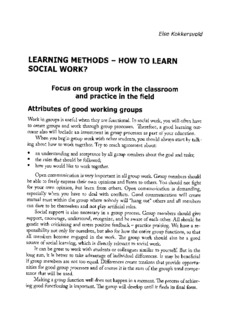| dc.contributor.author | Kokkersvold, Else | en_US |
| dc.date.accessioned | 2011-06-17T11:59:03Z | en_US |
| dc.date.accessioned | 2011-12-19T10:52:05Z | |
| dc.date.accessioned | 2020-08-27T20:45:52Z | |
| dc.date.accessioned | 2021-04-29T10:03:29Z | |
| dc.date.available | 2011-06-17T11:59:03Z | en_US |
| dc.date.available | 2011-12-19T10:52:05Z | |
| dc.date.available | 2020-08-27T20:45:52Z | |
| dc.date.available | 2021-04-29T10:03:29Z | |
| dc.date.issued | 2011 | en_US |
| dc.identifier.citation | Social work with marginalized persons in the local community - the experiences of Poland and Norway / Marynia Luszczynska and Reidun Lappen | en_US |
| dc.identifier.isbn | 978-83-62828-15-9 | en_US |
| dc.identifier.uri | http://idtjeneste.nb.no/URN:NBN:no-bibsys_brage_17961 | en_US |
| dc.identifier.uri | https://hdl.handle.net/20.500.12199/182 | |
| dc.description.abstract | Social work with marginalized persons in the local community - the experiences of Poland and Norway / Marynia Luszczynska and Reidun Lappen.
Work in groups is useful when they are functional. In social work, you will often have to create groups and work through group processes. Therefore, a good learning outcome also will include an investment in group processes as part of your education.
When you begin group work with other students, you should always start by talking about how to work together. | |
| dc.language.iso | eng | en_US |
| dc.publisher | Academy of special education publishing house | |
| dc.subject | Spesialpedagogikk | |
| dc.subject | Læringsmetoder | |
| dc.title | Learning methods - how to learn social work | |
| dc.type | Chapter | |
| dc.type | Peer reviewed | |
| dc.subject.nsi | VDP::Social science: 200::Education: 280::Special education: 282 | |
